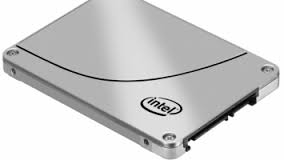Poo-power, or the science of turning excrement into energy, has been gaining popularity over recent years, and now scientists at Penn State University have developed a device which they claim could allow sewage plants to efficiently turn their own wastewater into eco-friendly wattage. The device combines microbial fuel cell technology with reverse electrodialysis systems to produce 0.9 kilowatt-hours of electricity per kilogram of organic waste.


On a basic level, poo-power is already used in several large-scale applications, including a prison in Rwanda and an experimental power plant in North Carolina, both of which utilize the energy created by burning the methane gas from human and animal excrement. Microbial fuel cell technology instead produces energy from wastewater hungry bacteria. While the technology has existed for decades, researchers have struggled with its inefficiency. Reverse electrodialysis, meanwhile, typically harvests the energy produced by filtering saltwater through a series of membranes. While this technology produces a far greater amount of energy, the membranes are exceptionally expensive.
Professor Bruce Logan, which developed the device at Penn State University claims that the key to the success of this new energy-creating device is its use of ammonium bicarbonate as fuel for the reverse electrodialysis, which he found to perform far better than the more commonly used saltwater. Then, by adding the microbial fuel cells he was able to use five membranes rather than the typical twenty, and voila: an efficient poo-power system which requires a lower initial investment.
The average sewage treatment plant won’t quite be able to run entirely on its own waste. While the device produces 0.9 killowatt-hours per kilogram, sewage treatment plants typically use around 1.2 kWh/kg. The researchers hope, however, that the device could still make power generating sewage treatment plants a practical reality in poverty-stricken nations. Professor Logan noted to The Guardian: “There are 2 billion people in the world who need sanitation, including 1 billion who need access to clean water… If you go into a country and give them a waste treatment system – the World Bank and others have done this – they do not keep it going, as it needs power and maintenance. It is a drain on the community. But if you can also provide electricity for lighting, or charging mobile phones, that’s a game-changer.”












